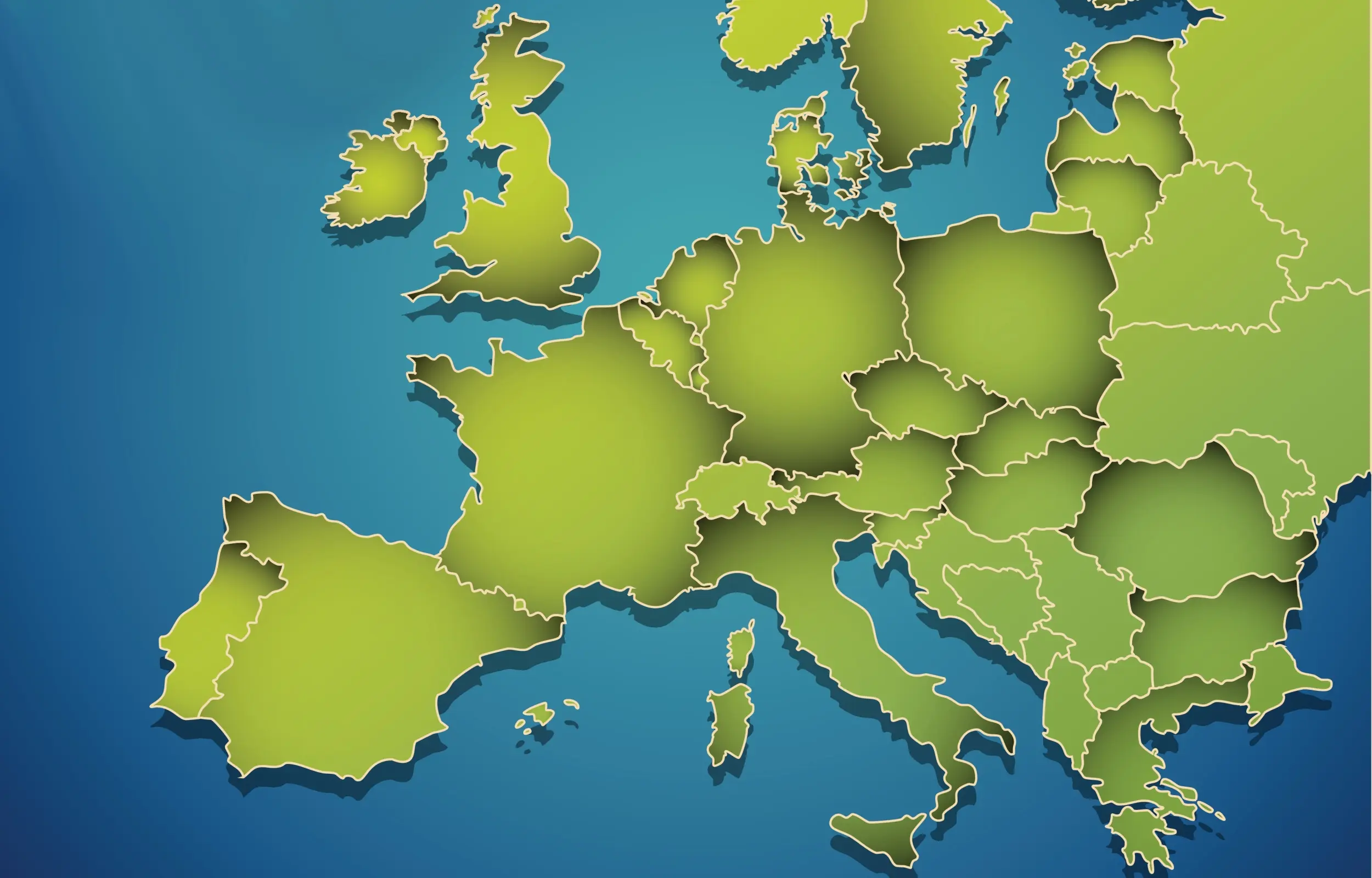Project example: METRIC
Promoting regional innovation in the transport sector
While working together with four partner universities on a European research programme, the ZHAW School of Engineering calculated where the greatest innovation potential lies in the transport sector in Europe. The new findings could influence the future distribution of funding.
Where does it make sense to invest more in transport infrastructure and where less? Which regions should receive more funding to encourage innovation potential in the transport sector? These are questions that are relevant for the EU and were addressed in a research project carried out by the Institute of Sustainable Development (INE). METRIC is a project of the 7th Framework Programme (abbreviated as FP7) funded by the European Commission and stands for “Mapping European Regional Transport Research and Innovation Capacities”. This EU project analyses the innovation potential of Europe’s regions with regard to the transport sector since transport is a decisive location factor for Europe, both in terms of infrastructure and as a business sector. The EU wants to promote innovation in the transport sector in a targeted manner to strengthen its global competitiveness.
“Based on data gathered for the transport sector, we developed a method to measure industry-specific innovation potential at a regional level.”
Dr Merja Hoppe, project head, Institute of Sustainable Development (INE)
Targeted funding instead of a scatter-gun approach
“Up until now, funding has usually been distributed using the scatter-gun approach, which is less than efficient,” explains Merja Hoppe, who is leading the project on behalf of the INE and working together with Martin Winter. It is true that the EU has already been working with a calculation tool to measure innovation potential, but the tool has never been configured for the area of transport. “Based on data gathered for the transport sector, we developed a method to measure industry-specific innovation potential at a regional level.”
Innovation potential in the transport sector does not necessarily exist only in regions that already have good infrastructure or possess a strong transport industry. According to Hoppe, the aim is to look at research and development, production and other innovation drivers in the transport sector of each region. “Naturally, more urban regions have an advantage in this respect, but peripheral regions can also have great innovation potential.” Based on the final report submitted at the end of November, the innovation top spot is occupied by Estonia. The Bucharest metropolitan area is in second place, followed by the Warsaw-Prague-Budapest triangle of urban regions. Central European regions are next, namely the Turin-Vienna and Barcelona-Strasbourg-Dresden hubs. Sometimes more is being invested in development and thus in innovation in emerging regions rather than in established regions.

Methods also applicable to Switzerland
At an EU level, the aim is to distribute funding sensibly. A further aspect is the evaluation of suitable locations with regard to different industries. This could be of interest to Switzerland as well, which is why the INE also carried out a calculation within Switzerland derived from the actual EU project. “While Switzerland may not have the same data basis, the principle of regional measurement of innovation potential is applicable here as well,” Hoppe comments. “We can use it not only in the transport industry but also in other sectors since each sector is positioned differently within the regions.” High innovation potential exists primarily in the economically strong regions of Zurich, St. Gallen, Bern, Lausanne and Basel. According to Hoppe, the relatively high potential between Basel, Bern and Zurich can be explained by specific requirements in location quality in the transport sector, e.g. space requirement and transport connections. For regions with lower potential, there is the possibility of specialisations, such as in Thurgau or the Lucerne area. Guidelines for regional innovation strategies could be developed, based on the analysed strengths, for more than just the transport sector.
At a glance
Project website: metricfp7.eu
Participating institutes and centres:
Project partner:
- Coventry University Enterprises Limited (CUE) Grossbritannien
- Univerzitet u Beogradu – Saobracajni fakultet (FTTE) Serbien
- Technische Universiteit Delft (TU Delft) Niederlande
- Joint Research Centre – European Commission (JRC) Spanien
Financing: European Commission
Project status: completed